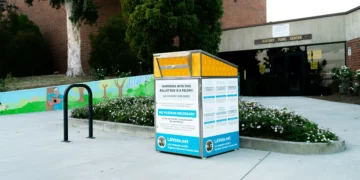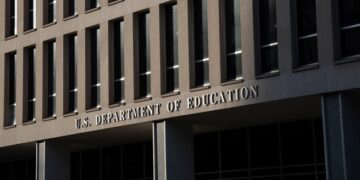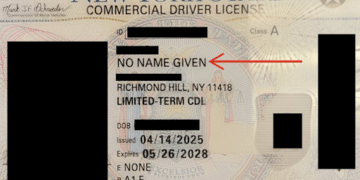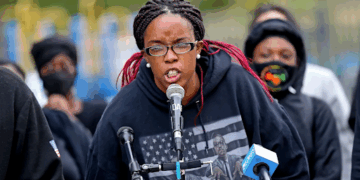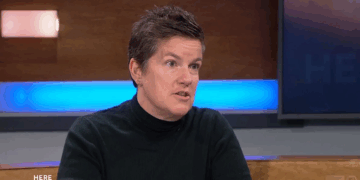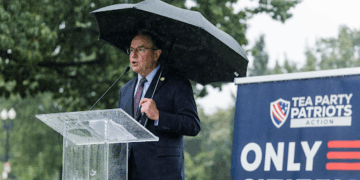Mississippi’s rapid rise in student achievement is being held up as evidence that state-led reforms, not federal mandates, drive meaningful change in public education. The state’s turnaround, often referred to as the “Mississippi Miracle,” has drawn national attention — and sharpened criticism of the U.S. Department of Education.
Mississippi began its reforms in 2013 with the “Third Grade Reading Gate,” requiring students to meet minimum reading standards before advancing. The state also reintroduced phonics-based instruction and invested $15 million annually in reading coaches. Since then, fourth-grade reading scores have climbed from near the bottom of national rankings to above average.
In 2024, a National Assessment of Educational Progress report showed Mississippi leading the country in demographic-adjusted reading and math scores.
“These reforms not only work for some of our kids and some of our districts, they are working for all of our kids,” Gov. Tate Reeves said in a recent interview with the Daily Caller, pointing to gains among both African American and Hispanic students. Graduation rates also rose from 72% a decade ago to nearly 90% last year.
Supporters say Mississippi’s success underscores the shortcomings of the federal Department of Education, created in 1979. Since then, the U.S. has spent more than $6 trillion on education, yet national test scores for 17-year-olds remain largely unchanged from the 1970s. Critics argue that resources have been diverted into bureaucracy instead of classrooms.
The department has also faced pushback for promoting policies on issues like gender identity and critical race theory. Opponents, including former President Donald Trump, have called it an $80 billion failure and argued for returning full control of education to the states.
Mississippi’s results, along with reforms in states like Florida and Tennessee, have strengthened the case for a decentralized model. In those states, policies emphasizing phonics, school choice, and accountability have produced measurable gains. (RELATED: Trump’s ‘Big, Beautiful Bill’ Shakes Up Student Loan Repayment Rules: What You Need to Know)
“It’s really not a miracle at all,” Reeves said. “It’s a result of conservative reforms implemented in public education — and they’re making a huge difference for kids.
(RELATED: Crime Stats in Question: Suspects Misclassified as White Across U.S.)

